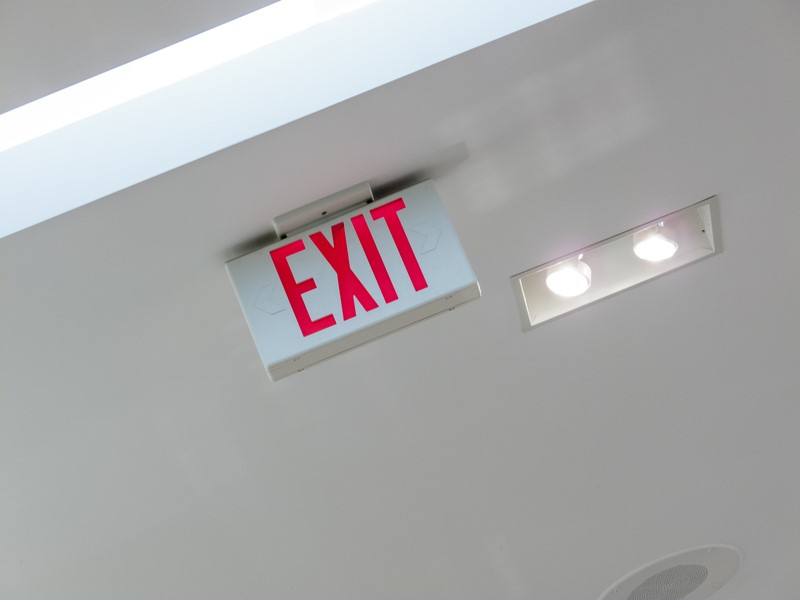When you think of dangerous industries, “retail” is probably not the first one that springs to mind. And while retail employees aren’t generally exposed to the types of machinery hazards that industrial workers face or to the kinds of health hazards that healthcare workers face daily, there are some persistent issues that crop up during the U.S. Occupational Safety and Health Administration’s (OSHA) inspections of retail stores. Among them are problems with maintaining access to fire exits.
 |
As the Christmas shopping season hits its stride, with staffing and store traffic at their annual peak, here are some common fire exit problems that retailers should look out for.
Looking for the Exits
OSHA inspectors are familiar faces at Dollar General stores—and they’re not there for the cheap toilet paper. Dollar General is one of OSHA’s most cited retailers. Most recently, the April 18 inspection of a Dollar General store in Jonestown, Pennsylvania, and the August 4 inspection of a Dollar General store in Bolivar, Ohio, revealed violations common not only to Dollar General stores but also to many other retailers as well.
Fire exits are one of those areas. Exit violations found at Dollar General stores have included:
- Blocked exits. At the Bolivar store, both the stock room emergency exit doors and the sales floor emergency exit were blocked by mops, bags of trash, trash cans, boxes of merchandise, and plastic containers. Two Dollar General stores in Mississippi had been cited for the same problem earlier in the year. In fact, this is a common problem in many retail warehouses, especially during the holidays when space is at a premium; the space in front of the doors nobody uses becomes de facto storage space. Unfortunately, that space is supposed to be kept open in case of emergencies, which is exactly the moment that workers won’t have time to move a few boxes and some mops out of the way.
- Improperly secured exits. Employees must be able to open exit route doors from inside at all times without keys, tools, or special knowledge, per 29 CFR 1910.36(d)(1). Unfortunately, at the Jonestown store, the back room emergency exit was improperly secured by a bar stuck through the handles of the double doors—a violation of the standard. The retailer had violated the same standard at its Wolcott, New York store and its Bowdon, Georgia store in 2015. An exit that doesn’t open when workers push on it can cost lives in the event of a fire.
- Obstructed exit routes. Workers’ path to the exit must be kept clear, but at the Jonestown store, the path from the manager’s office and break room to the fire exit was obstructed by a water fountain and stored merchandise so that at one point, the path was just 16 inches wide. Stores in Hamburg, Pennsylvania; Prairie Grove, Arkansas; El Dorado, Arkansas; Covington, Georgia; Bethany Beach, Delaware; and Buffalo, New York had all been cited for similar hazards between 2010 and 2015.
Tomorrow we’ll look at additional fire safety issues that have been identified in retail stores.
